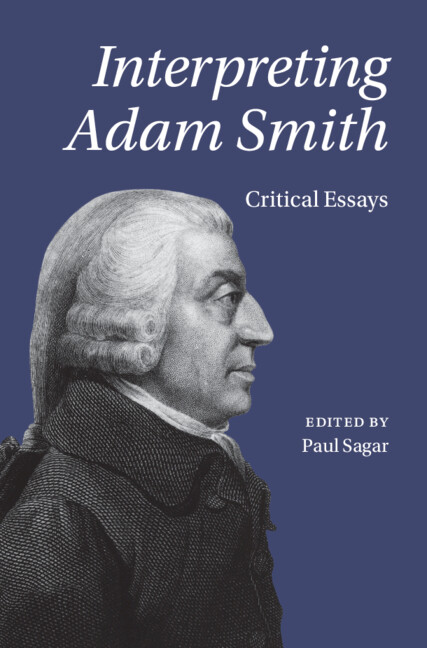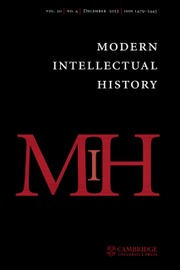Adam Smith's Marketplace of Life
Adam Smith wrote two books, one about economics and the other about morality. His Wealth of Nations argues for a largely free-market economy, while his Theory of Moral Sentiments argues that human morality develops out of a mutual sympathy that people seek with one another. How do these books go together? How do markets and morality mix? James Otteson's 2002 book provides a comprehensive examination and interpretation of Smith's moral theory and shows how his conception of the nature of morality applies to his understanding of markets, language and other social institutions. Considering Smith's notions of natural sympathy, the impartial spectator, human nature, and human conscience the author also addresses the issue of whether Smith thinks that moral judgments enjoy a transcendent sanction. James Otteson sees Smith's theory of morality as an institution that develops unintentionally but nevertheless in an orderly way according to a market model.
- Renaissance of interest in Adam Smith (Griswold book has done well)
- Otteson argues for a brand new thesis linking Adam Smith's economic and moral theory
Reviews & endorsements
'… a substantial and important study of Adam Smith's moral theory … ambitious in its scope and coverage …'. David Lieberman, University of California, Berkeley
'… rigorously argued, using just the right amount of references and citations, and written in a clear and concise language; the author drives his point home with remarkable effectiveness …'. Canadian Journal of Political Science
'… this is an important study with a distinctive contribution to debates about the 'Adam Smith problem'; it provides some stimulating arguments that deserve considered attention and will no doubt prompt further debate.' British Journal for the History of Philosophy
Product details
October 2002Paperback
9780521016568
354 pages
228 × 152 × 22 mm
0.46kg
Available
Table of Contents
- Introduction
- 1. Adam Smith's moral theory, part one: sympathy and the impartial spectator procedure
- 2. Smith's moral theory, part two: conscience and human nature
- 3. The marketplace of morality
- 4. The 'Adam Smith problem'
- 5. The market model and the familiarity principle: solving the 'Adam Smith problem'
- 6. Justifying smithian moral standards
- 7. The unintended order of human social life: Language, marketplaces, and morality
- Conclusion.












